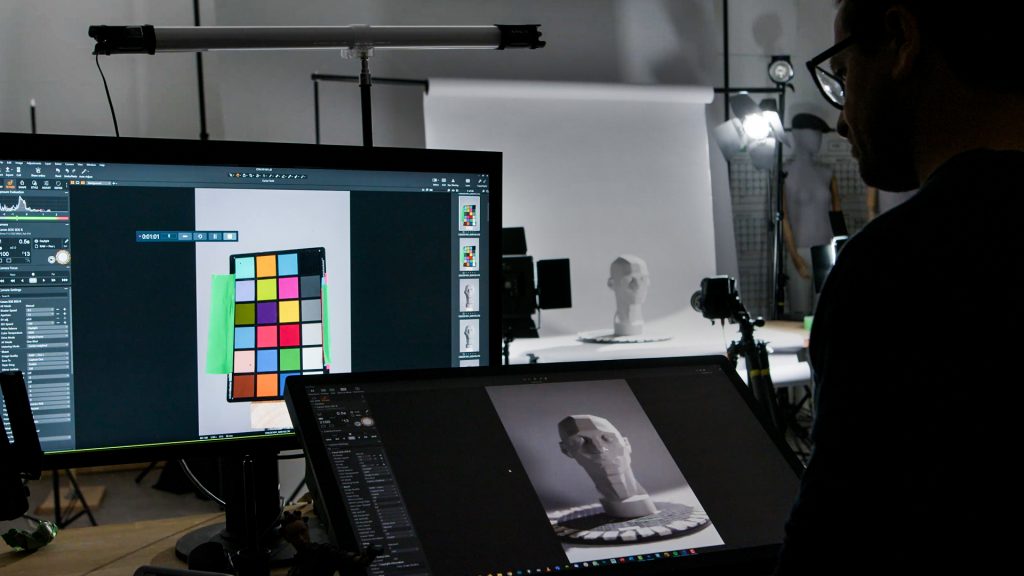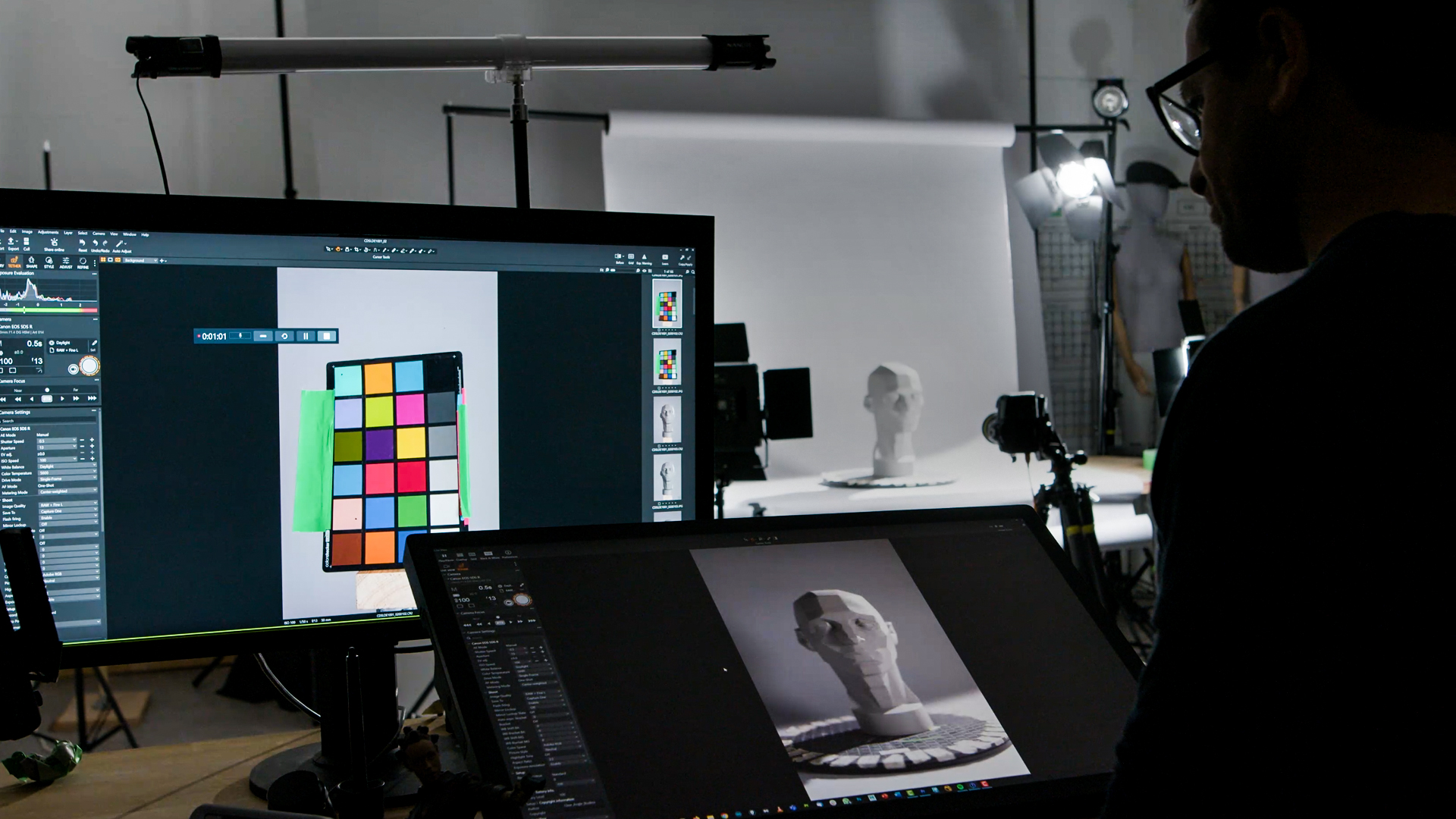
Evaluating the Necessity of a Studio for Art Creation

**Navigating Studio Space Limitations as an Artist**
In the art world, the ideal studio is often perceived as a spacious, well-lit enclave with pristine white walls and ample storage. However, this traditional vision of an artist’s workspace isn’t feasible for many creators due to financial and locational constraints. For artists working from more unconventional spaces, like kitchen tables or multipurpose areas in their homes, the fear of being judged unfavorably by curators and collectors can loom large. Fortunately, a less-than-ideal studio setup doesn’t equate to career limitations if approached correctly.
**Myth of the Perfect Studio**
While a large, dedicated studio space can be beneficial, it is by no means a necessity for achieving success or recognition in the art world. The narrative favoring centrally-located studios is rooted more in tradition than necessity. Many celebrated artists have originated from humble or non-traditional studio environments, proving that creativity and talent often outshine physical surroundings.
**Making the Most of Your Space**
For artists concerned about the size or location of their studio, the key lies in preparation and presentation rather than the space itself. Adaptability is critical. For instance, if a kitchen must double as an art studio, maintaining cleanliness and organization can significantly enhance presentations. Inviting art professionals into a well-organized space, no matter how small, demonstrates professionalism and readiness.
**Alternative Solutions**
1. **Virtual Studio Visits:** With advancements in technology, virtual studio visits through platforms like Zoom can facilitate connections without the need for physical space. This option can be particularly useful for artists situated far from major cultural hubs.
2. **Studio Shares:** For those truly in need of more space, occasionally sharing a studio with another artist can provide access to a more suitable environment for hosting visits. This setup can also facilitate collaborative visits, where multiple artists present their work simultaneously, maximizing exposure.
3. **Creative Venues:** Consider showcasing art in various unconventional yet memorable settings such as parks, coffee shops, or community centers. Such environments not only distinguish the art but also provide unique experiential contexts that can enhance audience engagement.
**Practical Tips for Hosting Studio Visits**
– **Preparation:** Ensure the space is organized, and consider providing seats or comfortable areas for conversation. Attention to details, like offering refreshments, reflects thoughtfulness and professionalism, enhancing the guest’s overall experience.
– **Confidence in Your Work:** Often, artists’ insecurities come more from self-doubt about their work than from their environments. A strong belief in the quality and value of your art will naturally translate into a more confident presentation, resonating with potential supporters and partners.
**Conclusion**
An artist’s career is not confined by the walls of their studio but is defined by the passion and ingenuity they bring to their practice. By creatively adapting to spatial limitations and focusing on the strengths of your work, you can turn any setting into a successful and memorable studio visit. Embracing these methods can empower artists to navigate the art world on their terms, leveraging their unique circumstances as strengths rather than obstacles.